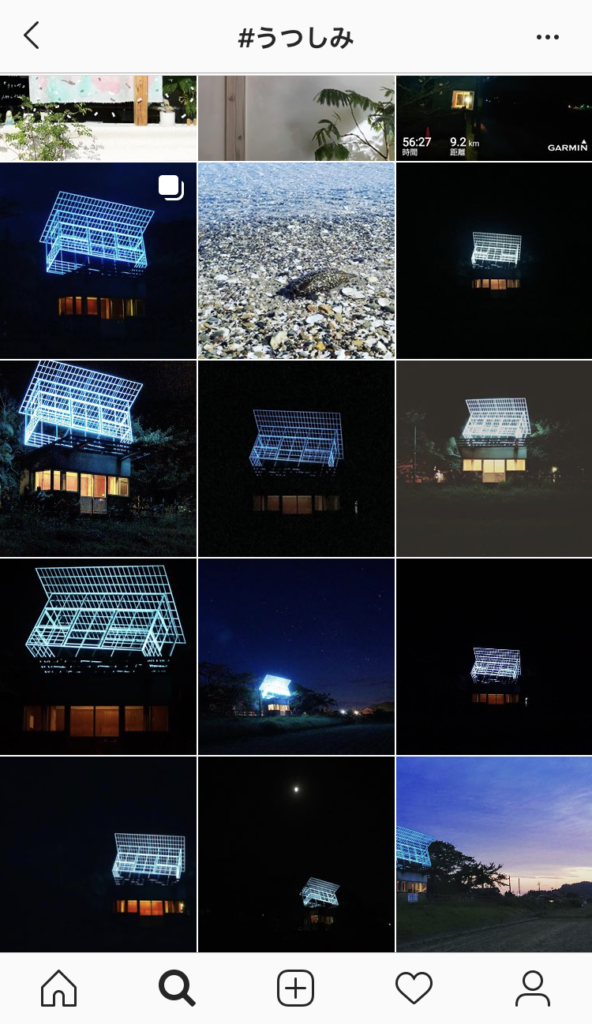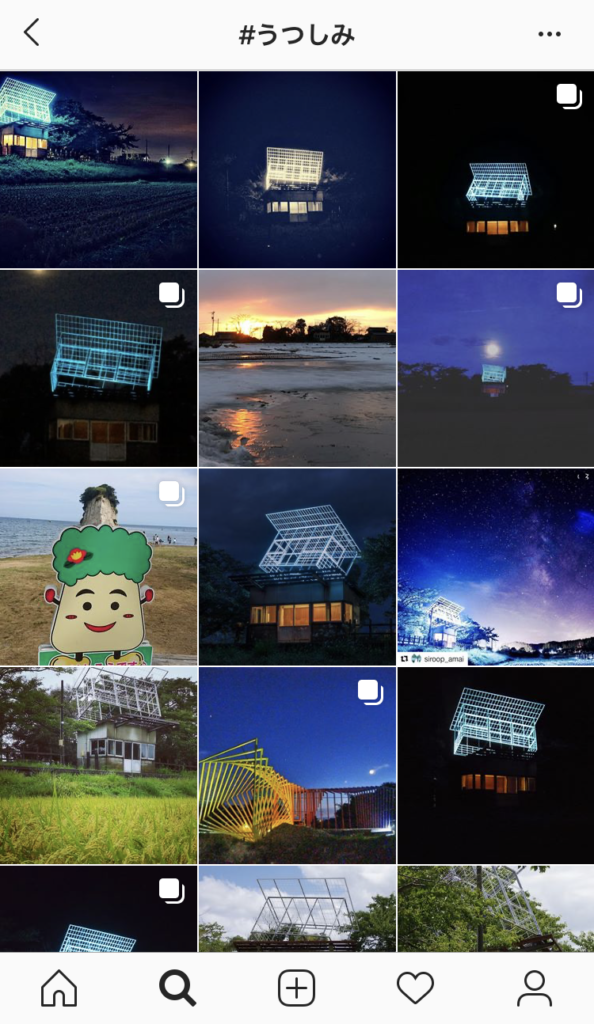ART FESTIVALTOPIC2020.11.10
Artists' Breath: The importance of open platform-
interview with Monica Narula, Raqs Media Collective
As various art festivals scheduled for this year have been postponed due to the effects of the Covid-19, we initiated a project on Instagram titled “Artists’ Breath.” This project delivers the “breath” of artists through a series of short videos in an aim to share what artists both in Japan and across the world that participate in these art festivals, are thinking about and doing during these unprecedented circumstances. The project is updated one by one everyday, with over 120 artists having already delivered their “breath.” On October 25, we released a video by Raqs Media Collective, who created a wonderful work for Oku-Noto Triennale 2017, and served as artistic director of Yokohama Triennale 2020 that had managed to be held amidst the pandemic. On this occasion we interviewed one of its members, Monica Narula, and asked her to share her thoughts on holding an exhibition during the pandemic, as well as about the future prospects of art.
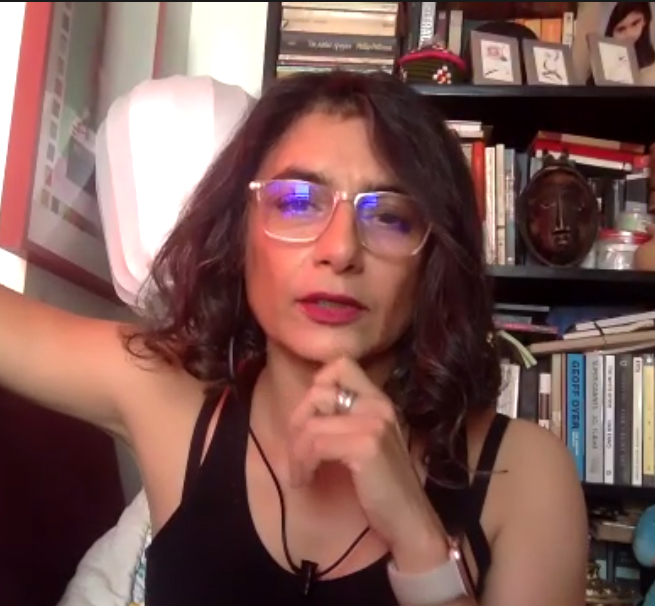
— Let us start with your video for “Artists’ Breath,” titled Our Inner Fish. This video presents a succession of photographs featuring fish bones that switch from one to the next. What kind of concepts, and background do you have for this work? Is it in any way affected by your thoughts during this pandemic?
Monica Narula(MN):I think one of the things that happened during the lockdown is that everyone became much more focused on food than they used to be. At least for me, I haven’t left my house for months and haven’t even been to the studio. One of the biggest material realities was indeed thinking about food – what to eat, when to eat. Also I think food provided a zone of some control in a world that was completely different. Jeebesh (one of the Raqs members) is Bengali – from eastern India, where they eat a lot of fish. A lot of his lockdown was spent eating fish, and he decided to save the bones as he found their shapes and composition interesting. Meanwhile, a book we read recently mentioned how the spine of a fish has the same structure as our spine, meaning that there is a connection between fish and humans. In reference to this we began looking at fish bones – thinking about our inner structure, skeleton, and in short, the infrastructures of life. Since the skeleton is essentially a foundation and is that which is connected to everything, we used fish bones as a metaphor to convey the present.
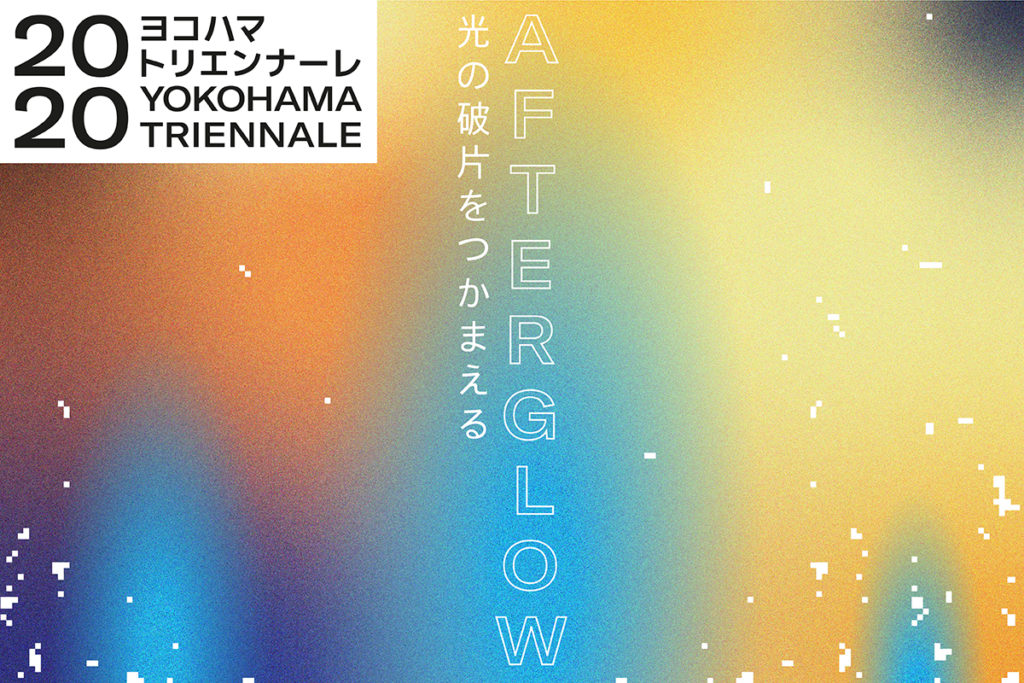
Courtesy of Organizing Committee for Yokohama Triennale
–We understand that your most of your activities during this time was related to the Yokohama Triennale (YT). While many art events needed to be canceled or postponed, YT’s decision to open had encouraged us. Looking back on this experience, what are your thoughts on curating and holding an exhibition in the midst of the pandemic?
MN:We were not really curating in the pandemic, because we had been working on the Triennale for a year and a half already before it opened. However, during this time we have often been asked about our thoughts on the pandemic, and what we have engaged in and proposed through the exhibition. One of the keys ideas is how to live with toxicity. This was one of the questions we were thinking about from the beginning of the curation, and it became completely literal and actual as a result of the pandemic. We were looking it from a longer arc of history, especially in the sub-continent, but it’s been fascinating to see the unfolding of present reality. If you look at the virus on a global level it’s physical existence is a mere few grams, yet all the billions of people in the world don’t know how to deal with it. We all have to live with this new reality, and it has become a real question and challenge that we must consider.
The Triennale actually opened with “Episōdo 00”, which was held in Yokohama in November 2019 – it is the exhibition that opened in July 2020. That being said, the hardest part of the experience was to instal the exhibition in the midst of the pandemic. I think all the conversations we had with the fantastic team of the Triennale, the trust we built, and the great technology that is available for use these days made it possible to open with it only two weeks postponement.
–We understand that preparations for the triennale were implemented remotely. It must have been rather difficult not being able to work on-site. Could you share your experience?
MN:It was the first time for us to install an exhibition without us being there. Walking in the space is very important for curating. Since we had walked many times both in the Yokohama Museum of Art and Plot 48, it wasn’t as challenging as it could have been. If we were to install an exhibition without having visited the site at all, that is another discussion. I feel that during this time we have been much more engaged in conversation, and have been listening more. People are all sharing so much online, which in some ways is definitely a positive development. That being said, I do miss meeting people face to face in person, and having this non-discursive physical co-presence.
In addition, as we all know, the experience of viewing works at an exhibition is also something that is felt by your body. When you move from one piece of art after another, you find yourself still engaging with the first piece and taking those emotions and sensations along with you to the second one. That’s how an exhibition is built. I do miss not having this.
–Actually, a large number of people visited the exhibition. .
MN:We just had the chance to talk with students of Tokyo University of Arts the other day. It’s wonderful that conversation has become more central in referencing this exhibition. It seemed to me that people were able to engage with it as a non-didactic space that opened things, ideas and feelings out for them. As a collective, we always appreciate conversation. This emphasis on conversation is quite fantastic.The way in which people experience the exhibition has changed due to the pandemic. This is a most crucial effect. For example, if you see an artwork that requires physical interaction, you have to choose whether to touch it or not. Or when you view a film work, you need to think whether you want to sit and watch it straight away, or wait for a while until there are less people. This issue of “awareness” in the exhibition venue becomes rather interesting. This unusual issue enables us to bring our focus back to the more fundamental things.
–In that sense, the “Source Book” containing various topics that serves as hints for the exhibition, functions in raising this question of “awareness.” It was impressive that it dealt with such a diverse and multi-layered content. Could you tell us more about it?
MN:We appreciate you saying that because it’s something that’s very important to us. We don’t live life in accordance to some category, and we don’t treat everything as resource, to transform something into something else. A source is like the source of a river –it becomes something else, and it becomes something bigger. We wanted to acknowledge the things we read or come across in the conversations we hear, from the little things to big things. We acknowledged that as part of our process.
What we wanted to do with “Source book” was to make our sources for what we wanted the exhibition to be, to become shared. And shared not only with the artists, but also invite the public to participate from the very beginning. People can come to the exhibition having already learnt of the thoughts about life of the day labourer and philosopher Kimitsu Nishikawa, and the adventures in Japan of Hariprabha Basu-Mallik Takeda, from East Bengal, who married into a Japanese family. As we live in the presence of others, these ideas have illuminated a sense of friendship, and care. Especially the source text of Svetlana Boym in her essay “The Scenography of Friendship”. When you enter the exhibition, you always go in search of unexpected wonder. This is why the question of “awareness” is so important. Art generates an awareness in viewers, and it’s interesting to think of an awareness of awareness. That’s also what we’re interested in.
— As an artist, RMC has participated in and worked together with us in the Oku-Noto Triennale (2017), and the Setouchi Triennale (2019). In particular, “Utsushimi” in Oku-Noto is a permanent work that continues to be cherished and appreciated by the local community, still attracting the attention of many people.
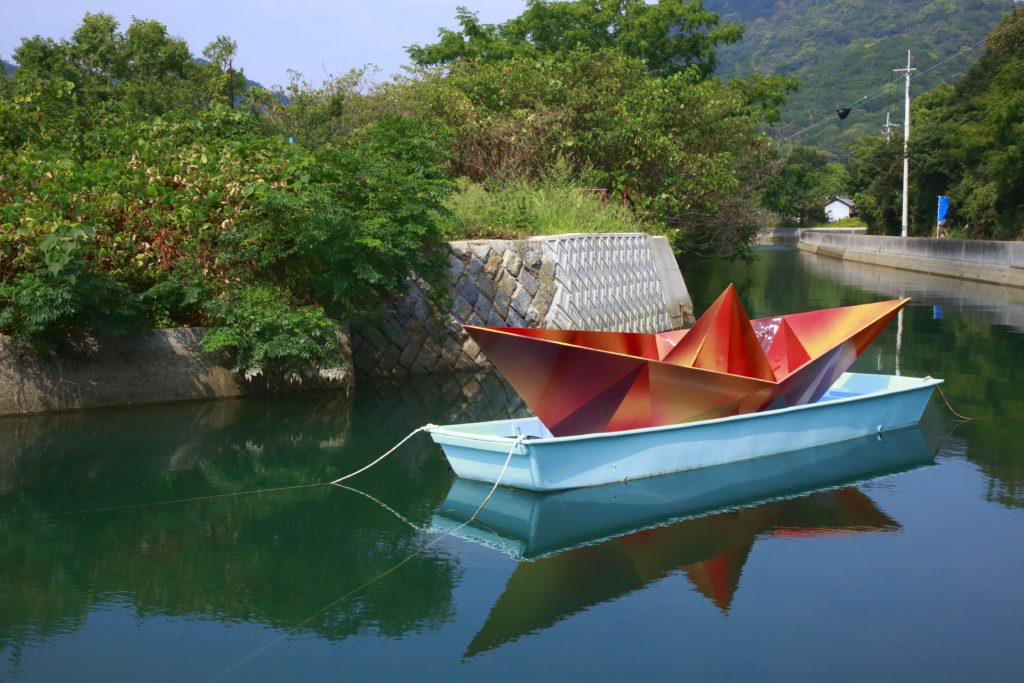
MN:We have to thank Art Front Gallery for the trips that we’ve taken to Oku-Noto and Setouchi, which enabled us to observe and engage with aspects of Japan that are not urban. I personally am thankful for the experience of having gotten to know Japan’s regional areas other than its large cities like Tokyo, Kyoto, and Osaka, as it was actually already a part of my understanding of Japan when I came to work on the Yokohama Triennale.
As for production, I think that the fact that there were not many requirements and restrictions posed by Art Front enabled us to do things in an open-ended way and create remarkable work. Especially “Utsushimi.” I enjoy looking at the photos that various people post on Instagram even now. It is a simple work composed of lines and light, yet its appearance changes depending on the day and the person who views it. The relationship between the work and time / space is thus different. I never imagined that I could still see the work online, and I appreciate the potential that this permanent piece has.
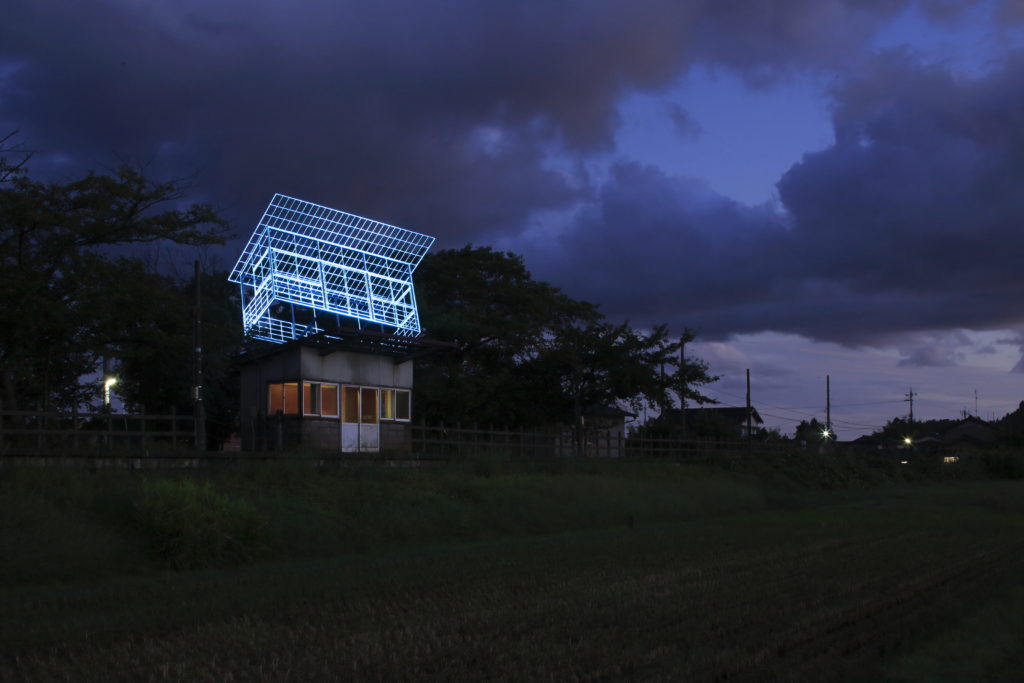
photo by Keizo Kioku
–Lastly, could you tell us about your ideas on how you believe art or large-scale exhibition should or should not change in the future?
MN:I think things shouldn’t be defined by national boundaries or by horizons created by other people. The smaller the world you are in, the more you think only about yourself. I think the relationship between art and the public has to be much more open to conversations and questions, and these should be trans-global conversations. Also, I think it’s important to think of online space as not just being a shadow of offline/real space. It’s important to regard it as another world, and another platform. This is something we attempted for YT through Episōdo X, and also through the extension of Episōdo 10. There are many reasons to keep art as an open question and an open dialogue. The important discussion is to consider how we can create modes of dialogue that open out, both how one sees place, as well as the imagination.
–Thank you very much.
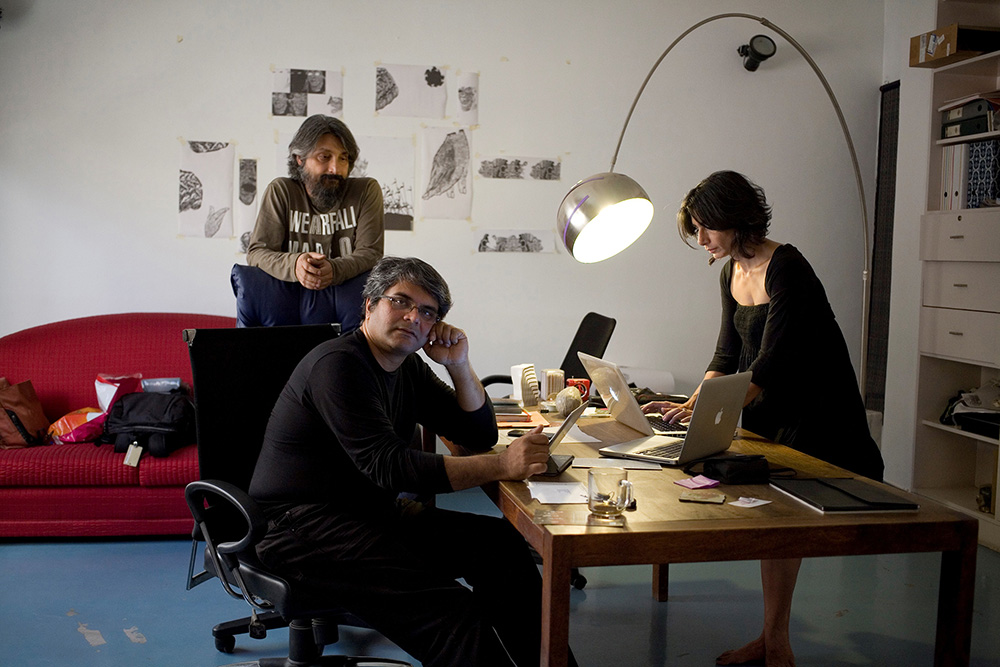
Raqs Media Collective
Founded in 1992 by Jeebesh Bagchi, Monica Narula and Shuddhabrata Sengupta, RMC is based in New Delhi, India. RMC creates and curates contemporary art, and makes books, teaches, and creates situations. RMC are also philosophical agents provocateur who have made significant influence on contemporary culture with their profound works and projects highlighting the social issues of today.
UPCOMING

TOPIC
4/23(火) 北川フラム塾 第30回 地方芸術祭と震災-奥能登を中心に(ゲスト:暮沢剛巳)
Exhibition
Oscar Oiwa solo exhibition:Oil Octopus in the era of turbulent at Shibuya Hikarie 8/,Apr.27-May.12
TOPIC
Uchiboso Art Festival will be held from March 23rd.
TOPIC
The Oku-Noto-Suzu Yassar Project has been launched.
TOPIC
Art Festivals and Exhibitions 2024